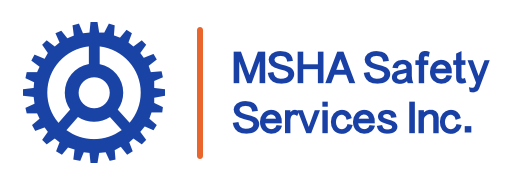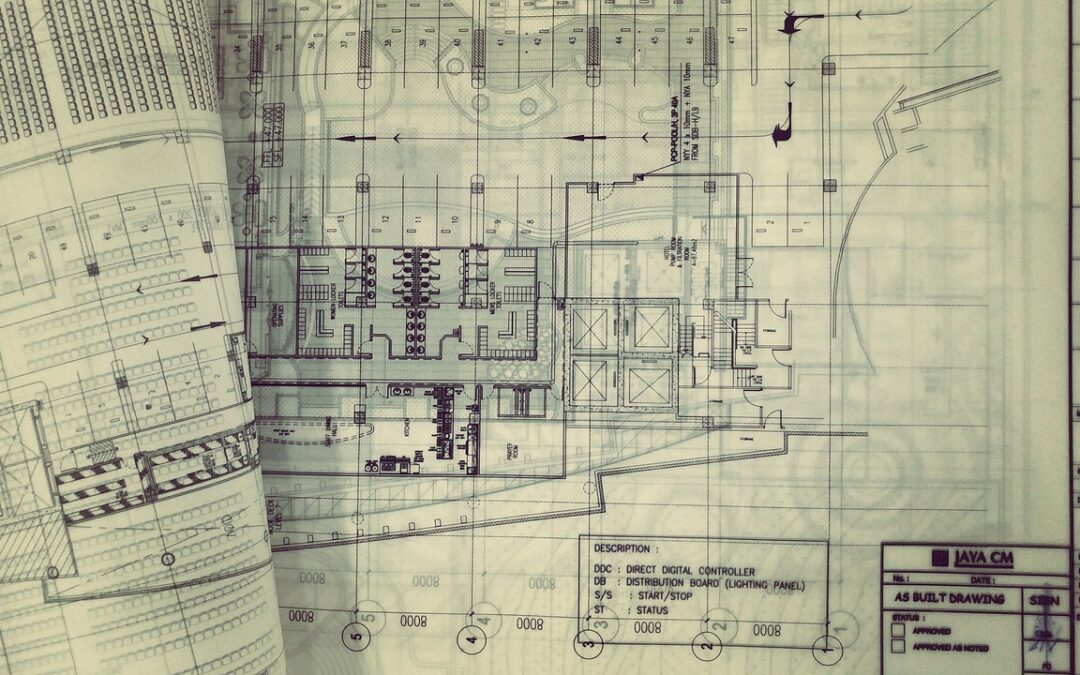When emergencies strike underground, every second counts. Knowing how to get out safely can mean the difference between life and death. That’s where escapeway maps come in. Far more than just static drawings, these maps serve as critical lifelines, guiding miners through designated evacuation routes and supporting coordinated rescue efforts. As the mining industry continues to evolve, improving mine safety drills and addressing modern challenges has never been more important. This article explores the essential role of escapeway maps in enhancing mine safety, the regulatory standards that shape them, and the best practices that help ensure miners are always prepared to find their way to safety.
What Are Escapeway Maps?
In mining operations, an emergency can escalate within seconds. In such high-stakes environments, workers need clear, fast guidance to reach safety. That’s where escapeway maps come in. These visual guides show miners where to go in case of an emergency and are a critical part of every mine’s safety plan.
Escapeway maps are diagrams posted throughout a mine that display emergency exit routes, refuge chambers, and communication stations. Their main job? To help workers find the safest and quickest route to the surface or another designated safe area.
Why Escapeway Maps Are Critical for Mine Safety
Emergencies like fires, collapses, and gas leaks can cause panic. Without a plan, chaos can take over. Escapeway maps reduce confusion by providing clear, easy-to-follow routes. When placed strategically, these maps:
- Show multiple escape paths
- Indicate areas to avoid during emergencies
- Reinforce evacuation drills
When lives are on the line, having a visible and understandable path to safety can make all the difference.
Key Elements of Effective Escapeway Maps in Mine Rescue Efforts
For escapeway maps to work effectively, they must be:
- Clear and easy to read: Use large fonts, bold lines, and symbols everyone understands.
- Accurate: Show real-time layouts, accounting for recent construction or closures.
- Consistently placed: Posted at key junctions, workstations, and break areas.
- Multilingual if needed: Reflect the languages of your workforce.
A map that’s outdated or confusing won’t help anyone in an emergency.
Regulatory Requirements for Escapeway Systems in Modern Mining Practices
Federal law is clear: mines must have proper escapeway plans. According to Part 57-11-50, “every mine shall have two or more separate, properly maintained escapeways to the surface from the lower levels which are so positioned that damage to one shall not lessen the effectiveness of the other.”
MSHA enforces strict rules around this:
- Escapeways must be maintained, inspected, and kept free of obstruction.
- Maps must be kept current and reviewed regularly.
- Workers must be trained on escapeway routes and protocols.
Non-compliance can lead to fines, shutdowns, and increased risk for miners.

Designing and Maintaining Escape Routes to Address Safety Challenges in Mining
Designing escape routes isn’t just about drawing lines on paper. It means understanding the physical, environmental, and human challenges of your mine. Key practices include:
- Installing lighting and signage along escapeways
- Minimizing sharp turns, narrow passages, and obstacles
- Including refuge chambers where escape may take time
- Inspecting routes after blasting, flooding, or seismic activity
Maintenance is just as important as design. An escape path that’s blocked, broken, or dark is useless in an emergency.
Common Challenges in Escapeway Mapping and How to Overcome Them
Escapeway maps must overcome real-world challenges, such as:
- Frequent layout changes due to excavation or collapse
- Low visibility during emergencies
- Language or literacy barriers
- Lack of updates or inspections
Solutions include:
- Using color-coded maps and symbols
- Updating digital maps weekly or after major events
- Conducting visual inspections
- Offering map-reading training during onboarding
No map is perfect, but proactive maintenance and training reduce risk.
Improving Mine Safety Drills: Best Practices for Escapeway Map Implementation
Escapeway maps aren’t just for walls. They should be central to every safety drill. Here’s how to use them effectively:
- Walk-through drills using map-guided routes
- Quiz-based training on reading and interpreting maps
- Use glow-in-the-dark copies in night drills
- Role-play different scenarios (blocked exits, injured coworkers, low visibility)
The more familiar miners are with the maps, the more instinctive their actions will be in an emergency.
Training for Emergencies Using Escapeway Maps: Best Practices for Evacuations
Miners should not see an escapeway map for the first time during an actual emergency. Training should include:
- Monthly map reviews and walkthroughs
- Emergency scenario workshops
- Hands-on use of escape gear (masks, lights, radios)
Using escapeway maps as part of routine training reinforces readiness and builds team confidence.
Real-World Examples and Success Stories of Escapeway Maps in Mine Rescue
Here are a few stories that show the life-saving power of proper escapeway planning:
- In Nevada, a gold mine successfully evacuated 34 workers during a fire after recent updates to their escapeway maps.
- A coal mine in Kentucky avoided casualties when emergency routes were posted in every tunnel branch, allowing miners to self-rescue after a cave-in.
- After a gas leak in a Utah mine, the crew credited their escape to knowing their route from monthly escapeway drills.
These real-life examples show that when maps are done right, they become more than paper—they become lifelines.
Mapping the Path to Safer Mines Through Escapeway Innovation
Escapeway maps are more than just documents. They are a direct link to safety, a visual reminder of emergency protocols, and a foundation for effective evacuation plans. By combining accurate mapping, smart tech, and strong training, mines can drastically reduce emergency risks and protect their most valuable asset: their people.

